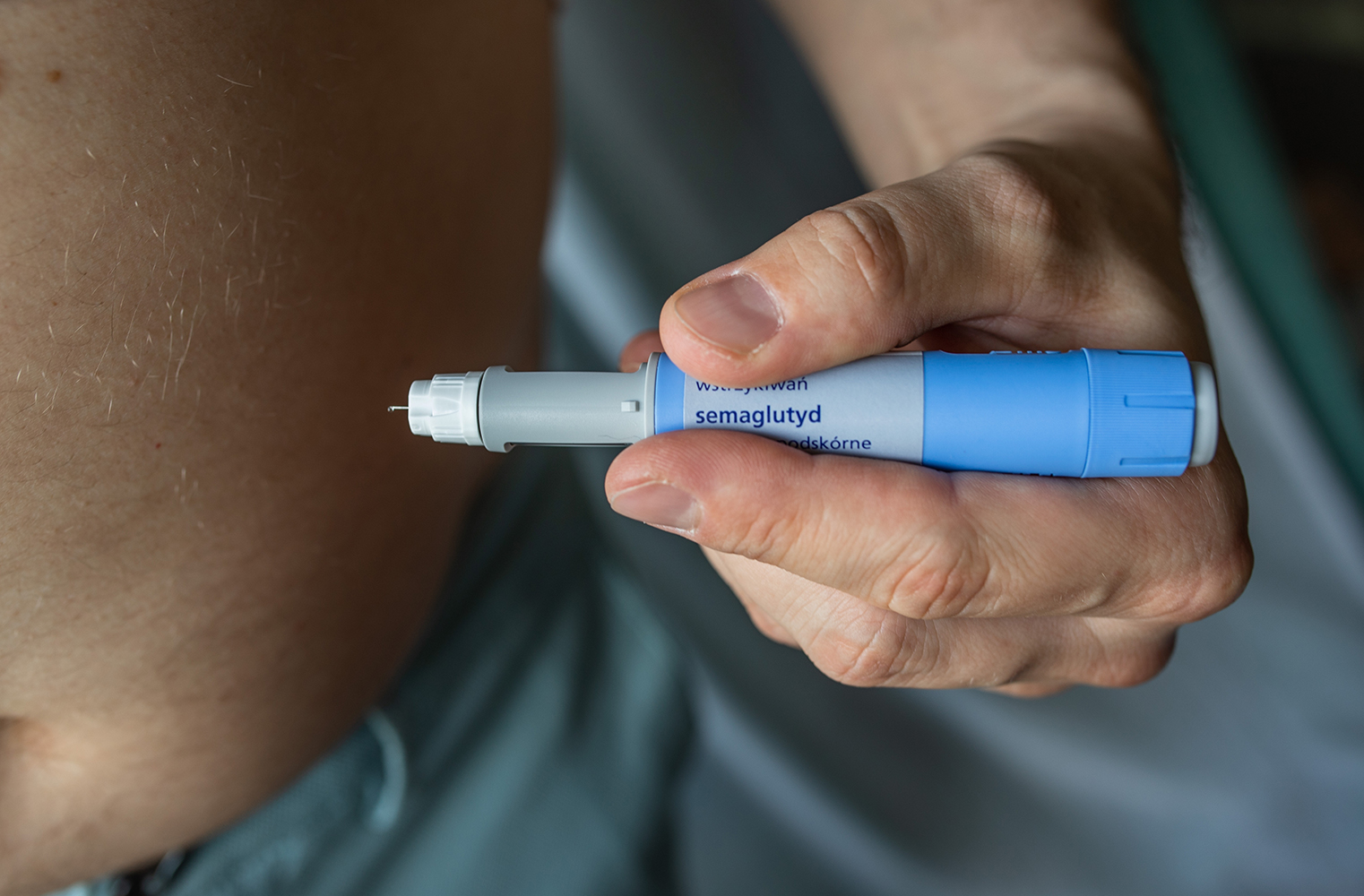Webinar: Weight-Loss Drugs and Group Health Plans | Alera Group
Is your organization funding GLP-1 drugs and other specialty medications as part of your group health insurance plan? Are you personally paying for a GLP-1 used as weight-loss medication? If your answer to either or both of these questions is yes, you may be throwing money away.
Rising pharmacy costs are among the chief drivers of healthcare expenses for employers and employees, thanks largely to a surge in use of drugs you’ve seen advertised in those ubiquitous commercials for products such as Mounjaro, Ozempic, Rybelsus, Trulicity and more. Market analysts predict the trend will continue, with Morgan Stanley Research estimating that “24 million people, or 7% of the U.S. population, will be taking these drugs by 2035.”
Given both the cost of such drugs and their mixed record of success, employers — and employees — should exercise caution before diving into this wave of popularity.
Join Alera Group on Thursday, February 15, for a one-hour webinar on taking an analytical approach to specialty medications and group health plans: Weight-Loss Drugs, PBM Alternatives and Other Pharmacy Solutions. During the session, our experts will discuss:
- The growing complexities of prescription benefits;
- The cost of specialty drugs, including GLP-1s;
- Using data to make decisions about your group health plan;
- Choosing the right benefit partners;
- Communicating with employees about risks vs. potential benefits of GLP-1 and other specialty drugs.
You’ll come away with a better understanding of how GLP-1s work, who should use them, why they frequently fail to provide long-term results and what alternatives are available for GLP-1s and other specialty medications.
Specialty-drug ROI
While recent news regarding prescription drug costs hasn’t been entirely bad – particularly regarding the price of insulin — the bigger picture serves as a call to action for HR managers and prescription drug users, as Employee Benefit News noted last month.
In a January 25 article titled “From Wellbutrin to Ozempic, prescription prices are on the rise — how to mitigate costs,” Employee Benefit News reported: “Nonprofit research company 46 Brooklyn found that pharmaceutical companies are raising prices for over 700 medications in January alone, with the average increase sitting at about 4.5%. Popular weight-loss drug Ozempic, for example, will see a price hike of 3.5%, while the antidepressant Wellbutrin will increase by 9.9%. Comparatively, an estimated 24 medications will drop in price, with insulin leading the pack after Medicare capped monthly prices were at $35.”
What’s more, GLP-1 medications come with a range of side effects — with nausea, vomiting and diarrhea being among the more common, according to the Mayo Clinic — and that’s contributed large percentages of those prescribed such drugs no longer using them after one year. In a January 2024 article citing July 2023 analysis by the pharmacy benefits manager (PBM) Prime Therapeutics, “The Surprising Truth About Obesity Drug Dropouts,” HealthCentral reported that more than two-thirds of those prescribed Ozempic and Wegovy were off the drugs one year after they began taking them.
Once people stop taking a GLP-1, studies show, they tend to regain the weight they lost while on the drug. And, all that money they and/or their employer spent on weight-loss medication? Essentially wasted.
A better way
Still, demand for these drugs continues to rise, and there’s no denying, America does have a weight problem. According to the 2017-18 National Health and Nutrition Examination Survey, 42.4% of American adults were sufficiently overweight to classify as obese, a percentage that had been gradually trending upward since it measured 30.5% at the start of this century.
As the Centers for Disease Control and Prevention (CDC) notes, “Obesity is a common, serious, and costly chronic disease of adults and children that continues to increase in the United States. Obesity is putting a strain on American families, affecting overall health, healthcare costs, productivity, and military readiness.”
GLP-1s are not panaceas. In addition to their side effects and poor record of long-term success, they are extremely cost-ineffective. In fact, according to analysis by Vital Incite, the cost of GLP-1 medications is far greater than the additional $3,600 to $4,600 employers spend in healthcare costs on average for people classified as obese or morbidly obese.
During the February 15 webinar, we’ll discuss a better approach to the problem of obesity – one that is not only more successful in managing weight and improving overall health but also far more cost-effective. In this lifestyle-focused approach, pharmaceuticals — if prescribed at all — are one component of a weight-loss program.
According to the Department of Health and Human Services (DHS), “Safe and successful weight-loss programs typically include:
- “14 or more weight-loss counseling sessions conducted over six months;
- “An eating plan based on the calories and nutrients your body needs;
- “At least 150 minutes per week of moderate-intensity aerobic physical activity, such as brisk walking or cycling;
- “Daily monitoring of food intake and physical activity, and weekly monitoring of weight;
- “Regular feedback and support from specialists.”
That looks like a recipe for success. And followed in conjunction with a plan designed informed by strong data analytics, it’s one that will improve your organization’s bottom line, as well as your employees’ waistlines.
About the author
Mary Delaney, MS PT, CWP
Managing Partner
Vital Incite, an Alera Group company





